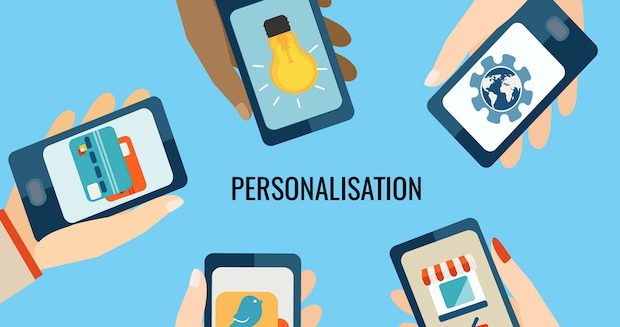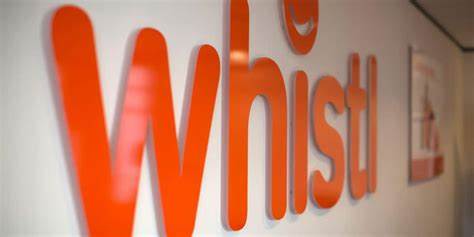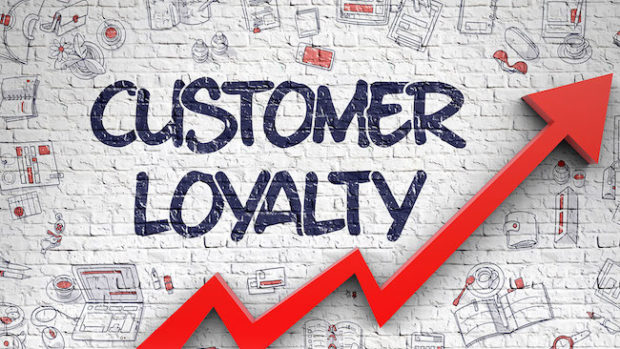Tech company’s backed by UK Government and Microsoft claim our food system is at risk. Artificial Intelligence fed by a Data Marketplace is the solution.
COVID-19 is a reminder of how vulnerable our food system is. Supermarket shelves are empty. Twelve years earlier, the financial crash exposed the dangers of a finance system built on a web of interdependencies – many poorly understood. The effects of 2008 are still being felt today.
It was this fear of a systemic crash in our food system that drove Professor Richard Tiffin, then Director of the Centre for Food Security, to co-found Agrimetrics.
“I wanted us to understand the hidden risks that could spark a catastrophic chain of events,” explains Professor Tiffin. “Our food system is incredibly interdependent, but ironically it’s also incredibly disconnected. We have no idea of the long-term consequences of events like COVID-19. To avoid collapse, we need to understand these connections.”
1950’s China is an example of why this is so important. The Four Pests Campaign sought to eliminate rats, flies, mosquitoes and sparrows. Unfortunately, though sparrows are an agricultural pest, they also prey on a greater pest: locusts. The ensuing ecological imbalance fuelled the Great Chinese Famine, which killed 45 million people.
The Arab Spring is a more recent example. Drought and wildfires decimated crops in Eastern Europe. Putin halted exports and World grain prices increased by 40 per cent. Food shortages sparked revolution. Half a million lives have been lost in Syria alone. The refugee crisis has had a lasting effect on Europe.
“These are extreme examples, but it’s easy to see how understanding the connections would have helped us limited the damage of these crises, or avoid them all together.”
This was one motivation behind the Government’s decision to provide initial funding for Agrimetrics, who boast Microsoft as a strategic partner.
Feeding AI
The funding was used to build a Data Marketplace, which houses information from across the global food system. Agrochemical giant BASF and consumer goods company Unilever were early customers. Recently Airbus, the world’s second largest aerospace company, announced they would use Agrimetrics to sell satellite imagery that can be used to monitor crop health.
“The Marketplace is a great way to get people sharing information in the same place, but that’s only the first stage of the solution,” continues Professor Tiffin. “If we are to answer complex questions then data needs to be organised in certain ways. This includes predicting future food shortages, finding ways of reducing agriculture’s carbon footprint and limiting the spread of crop disease.”
Agrimetrics uses a ‘Knowledge Graph’ to connect the data on its Marketplace; the same technology used by Google and Amazon. It works by defining the relationship between data, which enables people and machines to find the information they need more quickly.
“The current applications of artificial intelligence are narrow and require human intervention. The beauty of organising data in this way is that AI will be able to self-serve. It will be able to explore the connections between billions of different variables, uncovering links and insights that we’d never even considered.”
For example, assume you are researching the cause of your house plant’s recent poor health. AI could use the knowledge graph to identify variables influencing plant health: soil, temperature, fertilisation, pot, light, and irrigation. Then automatically understand the variables relevant to these variables – and so on. The answer could be temperature spikes causes by turning your oven on, or contamination in the production of your artificial fertiliser.
In the real-world, Agrimetrics’s projects have reduced the flow of pesticides into waterways and used predictive models to improve fresh food supply chains and animal health. However, Agrimetrics and their partners have grander ambitions for the future.
“Average crop yields are around half of what is theoretically possible – we call this the yield gap. In theory, if we could better understand why this gap occurs, then we could increase output on arable farms with no additional inputs,” concludes Tiffin.
“The best manufacturers have used data and AI to increase production by 50 per cent and cut waste by 20 per cent; agriculture can do the same. It is possible to sustainably feed everyone on our plant for many years to come, but not without AI and not without data sharing. I believe that this can only be achieved through a Data Marketplace that rewards those who are willing to share their data.”








Share